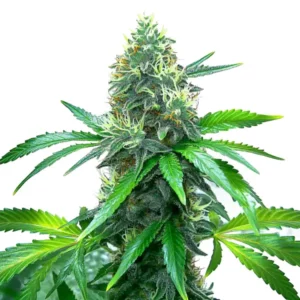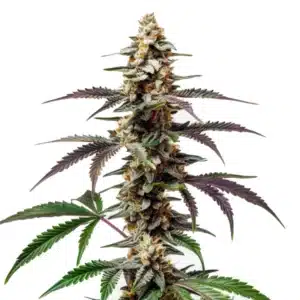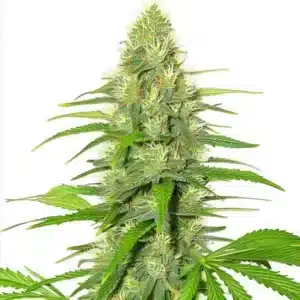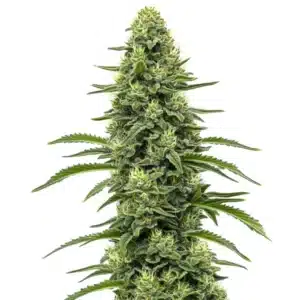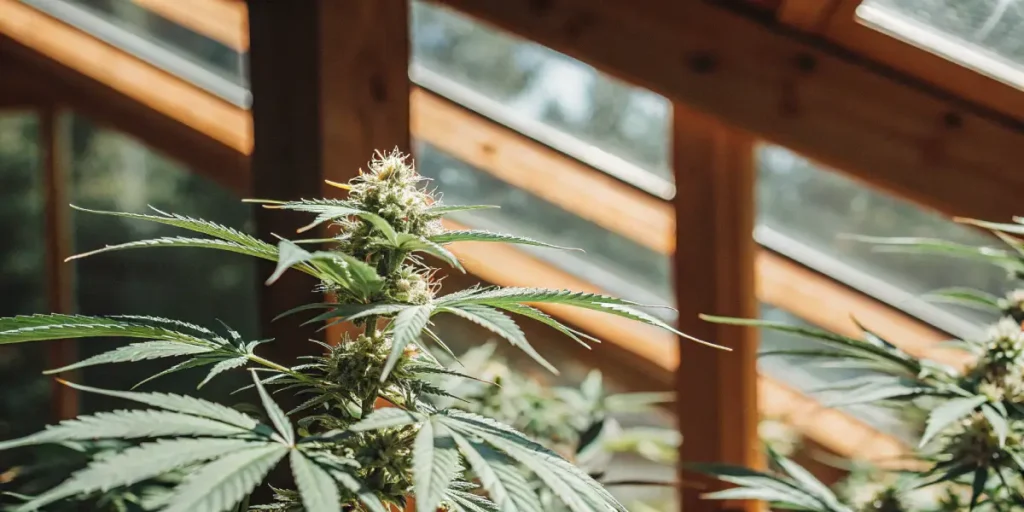
Best Practices for Managing Nutrient Flow in Cannabis
Cannabis cultivation is an art and science, requiring precision and care. Best practices for managing nutrient flow in cannabis involve delivering the right nutrients at the right time to support healthy plant growth. Many growers achieve success by knowing the specific needs of their cannabis plants and adjusting nutrient delivery methods accordingly. By optimizing nutrient flow, cannabis growers can maximize yields and improve overall plant health.
One of the best practices for managing nutrient flow in cannabis involves regular monitoring of nutrient levels. This allows growers to make necessary adjustments based on the plants’ growth stage. Using tools like pH meters and EC (electrical conductivity) pens can provide insights into the nutrient content of the growing medium. By ensuring nutrient levels are within the optimal range, plants can absorb nutrients more effectively, leading to robust growth.
Recommended Strains
Implementing a nutrient management plan is another key strategy. This involves setting a schedule for nutrient delivery and sticking to it. Many growers find success by creating a nutrient calendar that aligns with their plants’ growth cycles. By following a structured plan, growers can ensure that their cannabis plants receive the nutrients they need at each stage of development.
Best Nutrient Flow Techniques for Cannabis Cultivation
Drip irrigation systems are popular among cannabis growers for their efficiency in nutrient delivery. These systems allow for precise control over nutrient flow, ensuring that each plant receives the right amount of nutrients. By targeting the root zone directly, drip irrigation minimizes nutrient waste and promotes sustainable practices in cannabis agriculture.
Another effective technique is the use of deep water culture (DWC) systems. In DWC, cannabis roots are submerged in a nutrient-rich solution, providing direct access to water and nutrients. This method is favored for its simplicity and effectiveness in promoting rapid growth. Regularly checking the nutrient solution’s pH and EC levels is crucial for maintaining optimal nutrient flow in these systems.
Flood and drain systems, also known as ebb and flow systems, are another popular choice for cannabis cultivation. These systems periodically flood the growing medium with nutrient solution before draining it away, allowing roots to access oxygen between cycles. The cyclic nature of this method can help prevent nutrient imbalances and promote strong root development.
Aeroponics is a cutting-edge technique where plant roots are suspended in air and misted with a nutrient solution. This method maximizes oxygen availability and can lead to accelerated plant growth. While aeroponics requires careful monitoring and maintenance, it offers unparalleled control over nutrient delivery, making it a valuable tool for optimizing nutrient flow in cannabis growing systems. Growers who follow the best practices for managing nutrient flow in cannabis can use aeroponics to achieve healthier plants, higher yields, and more consistent results.
Optimizing Nutrient Flow in Cannabis Growing Systems
Choosing the right cannabis strain is crucial for maximizing nutrient efficiency. Strains like Gorilla Glue #4 are known for their robust growth and nutrient uptake capabilities. When selecting strains, consider those that are well-suited to your growing conditions and nutrient management strategies.
Regularly flushing your growing medium can help prevent nutrient buildup. Over time, excess nutrients can accumulate, leading to nutrient lockout and poor plant health. Flushing involves running plain water through the growing medium to wash away excess nutrients. This practice helps maintain a balanced nutrient environment, promoting sustainable nutrient flow practices in cannabis agriculture.
Another aspect of optimizing nutrient flow involves the use of beneficial microbes. These microorganisms can enhance nutrient uptake by breaking down organic matter into forms more readily absorbed by plants. Incorporating mycorrhizal fungi and beneficial bacteria into the growing medium can significantly improve nutrient efficiency and plant resilience.
Utilizing cover crops is a sustainable practice that can aid in nutrient management. Cover crops enrich the soil by fixing nitrogen, improving soil structure, and preventing erosion. By integrating cover crops into cannabis cultivation, growers can support a healthy soil ecosystem, leading to more effective nutrient uptake and overall plant health.
Promos & Deals
Nutrient Management Strategies for Cannabis Horticulture
Regular soil testing is an essential part of nutrient management in cannabis horticulture. By analyzing soil samples, growers can gain insights into nutrient deficiencies or excesses. This information is critical for adjusting nutrient delivery methods and ensuring plants receive the necessary nutrients for growth.
Another strategy is to tailor nutrient solutions to the specific growth stage of the cannabis plant. During the vegetative stage, plants require more nitrogen, while the flowering stage demands higher levels of phosphorus and potassium. By adjusting nutrient solutions accordingly, growers can support healthy development at each stage, leading to higher yields.
Implementing integrated pest management (IPM) can also complement nutrient management strategies. By controlling pest populations, growers can reduce the stress on plants, allowing them to focus energy on nutrient uptake and growth. A well-executed IPM plan can lead to healthier plants and more efficient nutrient utilization.
Utilizing water management techniques is crucial for effective nutrient delivery. Ensuring that plants receive the right amount of water can prevent nutrient leaching and promote efficient uptake. Techniques like mulching and rainwater harvesting can help maintain consistent moisture levels, supporting optimal nutrient flow in cannabis horticulture.
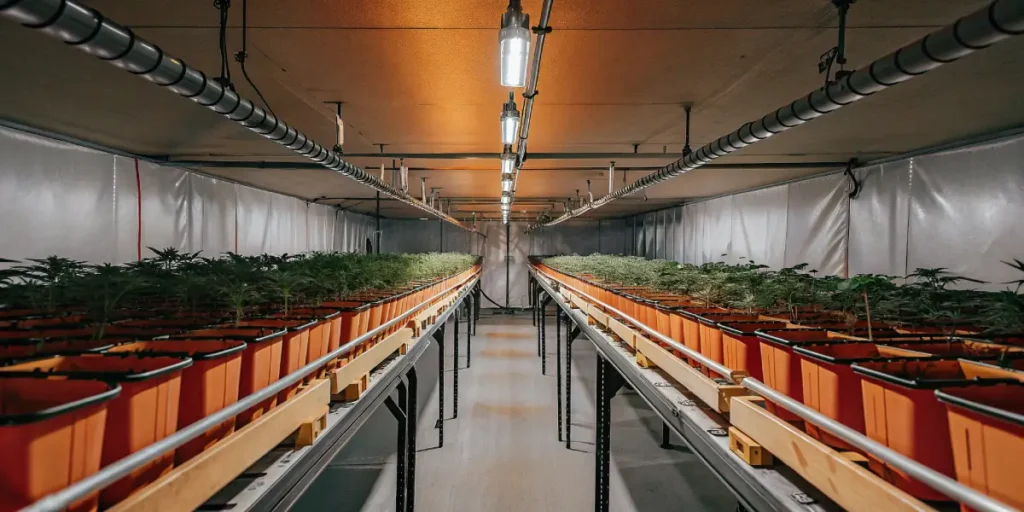
Effective Nutrient Delivery Methods for Cannabis Plants
Foliar feeding is a method where nutrients are applied directly to the leaves. This technique allows for quick nutrient absorption and can be especially effective in addressing nutrient deficiencies. However, it’s important to use this method sparingly, as excessive foliar feeding can lead to leaf burn.
Using hydroponic systems is another effective method for nutrient delivery. In hydroponics, plants grow in a nutrient-rich water solution, eliminating the need for soil. This system allows for precise control over nutrient levels and can lead to faster growth and higher yields. Regular monitoring of the nutrient solution’s pH and EC is crucial for maintaining optimal conditions.
Wicking systems offer a low-maintenance alternative for nutrient delivery, especially suitable for smaller scale operations. In this method, plants draw nutrients through a wick from a reservoir, allowing for consistent nutrient access. While simple, wicking systems require careful monitoring to ensure nutrient solutions remain balanced.
Capillary matting is another passive nutrient delivery method that supports even distribution of nutrients. By placing growing containers on a capillary mat, plants can absorb nutrients and water as needed, reducing the risk of overfeeding. This method is particularly useful for maintaining a stable growing environment in smaller setups.
Sustainable Nutrient Flow Practices in Cannabis Agriculture
Companion planting is a sustainable practice that can enhance nutrient flow. By growing cannabis alongside complementary plants, growers can improve soil health and nutrient availability. For example, planting legumes can increase nitrogen levels in the soil, benefiting cannabis plants.
Practicing crop rotation is another sustainable method. By rotating cannabis with other crops, growers can prevent nutrient depletion and improve soil fertility. This practice not only supports healthy cannabis growth but also contributes to overall agricultural sustainability.
Adopting permaculture principles can further support sustainable nutrient flow. By designing a self-sustaining ecosystem that maximizes resource efficiency, growers can reduce external inputs and enhance nutrient cycling. This holistic approach aligns with best practices for managing nutrient flow in cannabis, fostering resilience and biodiversity.
Composting is a fundamental sustainable practice that enriches soil with organic matter and nutrients. By recycling plant waste into compost, growers can create a nutrient-rich amendment that supports long-term soil health. Incorporating compost into cannabis cultivation can improve nutrient availability and enhance plant growth.
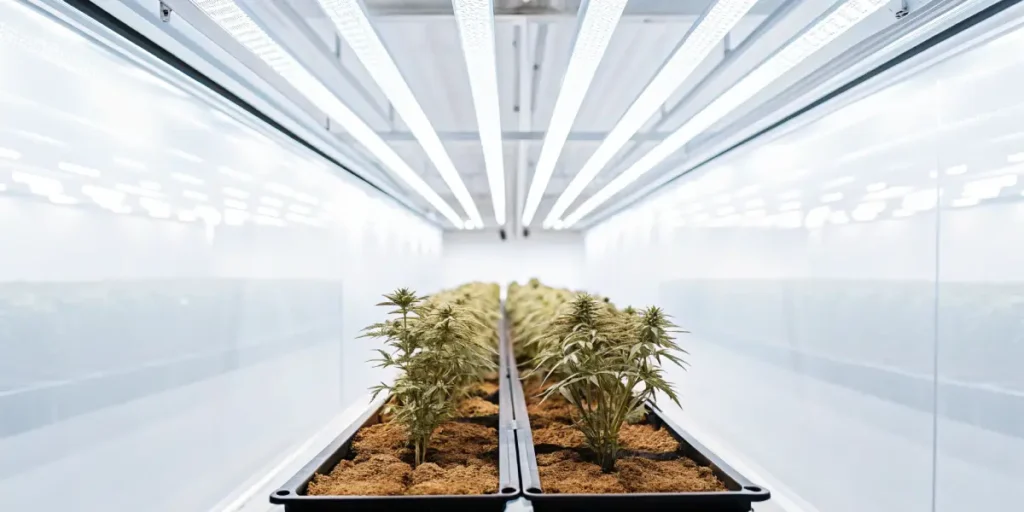
FAQ
What are the best cannabis strains for efficient nutrient uptake?
Strains like OG Kush, known for their resilience and robust growth, are excellent choices for efficient nutrient uptake. These strains have a well-established reputation for thriving in various growing conditions, making them ideal for both novice and experienced growers.
Choosing the right strain can significantly impact your nutrient management strategy. Strains with a high nutrient uptake capacity can result in healthier plants and increased yields. When selecting strains, consider factors such as growth habits and nutrient requirements to ensure compatibility with your cultivation system.
Another strain worth considering is White Widow, renowned for its adaptability and strong nutrient absorption ability. This strain’s vigorous growth and resilience to environmental stress make it a popular choice for optimizing nutrient flow in cannabis growing systems.
Strains like Blue Dream also excel in nutrient uptake, providing growers with consistent results. Known for its ease of cultivation and balanced nutrient needs, Blue Dream is a versatile option for both soil and hydroponic systems.
How often should I monitor nutrient levels in my cannabis plants?
Regular monitoring is crucial for maintaining optimal nutrient flow. Checking nutrient levels weekly ensures that plants receive the necessary nutrients for healthy growth. This routine allows growers to make timely adjustments and prevent nutrient deficiencies or excesses.
Investing in tools like pH meters and EC pens can simplify the monitoring process. These tools provide accurate readings and help growers maintain the ideal nutrient balance. Consistent monitoring is key to successful cannabis cultivation, ensuring that plants thrive at every growth stage.
Besides to weekly checks, it is beneficial to conduct more frequent monitoring during critical growth stages such as flowering. During these periods, plants may have increased nutrient demands, and close observation can help prevent potential issues.
Automated monitoring systems can further enhance nutrient management strategies for cannabis horticulture. By providing real-time data and alerts, these systems enable growers to maintain precise control over nutrient levels and respond quickly to changes.
What are the benefits of using organic fertilizers in cannabis cultivation?
Organic fertilizers offer several benefits, including improved soil health and a steady nutrient release. These fertilizers provide essential nutrients without the risk of chemical buildup, promoting sustainable nutrient flow practices in cannabis agriculture.
Incorporating organic fertilizers can enhance the flavor and aroma of cannabis, resulting in a higher-quality product. For growers looking to adopt eco-friendly practices, organic fertilizers are an excellent choice that supports both plant health and environmental sustainability.
Organic fertilizers also contribute to the development of a rich and diverse soil ecosystem by supporting beneficial microorganisms. These microbes play a crucial role in nutrient cycling, breaking down organic matter into forms accessible to plants.
By fostering a healthy soil environment, organic fertilizers can lead to increased resilience against pests and diseases. This natural defense mechanism reduces the need for chemical interventions, aligning with best practices for managing nutrient flow in cannabis cultivation.
How does flushing affect nutrient management in cannabis plants?
Flushing plays a vital role in preventing nutrient buildup, a common issue in cannabis cultivation. By rinsing the growing medium with plain water, excess nutrients are washed away, reducing the risk of nutrient lockout and promoting healthy growth.
Regular flushing is particularly important towards the end of the flowering stage. This practice helps to remove residual nutrients, ensuring a cleaner, smoother final product. Flushing is a simple yet effective way to maintain a balanced nutrient environment and support optimal plant health.
In hydroponic systems, flushing can be done by replacing the nutrient solution with plain water for a period before harvest. This process helps to clear any accumulated salts or chemicals, resulting in a purer end product.
Flushing should be done carefully to avoid overwatering, which can stress plants and disrupt nutrient uptake. Monitoring plant responses during and after flushing can guide adjustments to ensure the process benefits plant health.
Can companion planting improve nutrient flow in cannabis gardens?
Companion planting can enhance nutrient flow by improving soil structure and nutrient availability. By growing cannabis alongside beneficial plants, growers can increase nutrient levels and promote healthier growth.
For example, planting marigolds can deter pests, while clover can boost nitrogen levels in the soil. These companion plants create a supportive environment for cannabis, leading to improved yields and more resilient plants. Companion planting is a sustainable practice that benefits both cannabis plants and the overall ecosystem.
Besides to nutrient benefits, companion planting can attract beneficial insects that aid in pollination and pest control. This natural ecosystem balance supports sustainable nutrient flow practices in cannabis agriculture by reducing reliance on chemical inputs.
Companion plants like basil and dill can also enhance the aromatic profile of cannabis by releasing beneficial volatile compounds. This symbiotic relationship not only improves plant health but also contributes to a higher-quality harvest.



